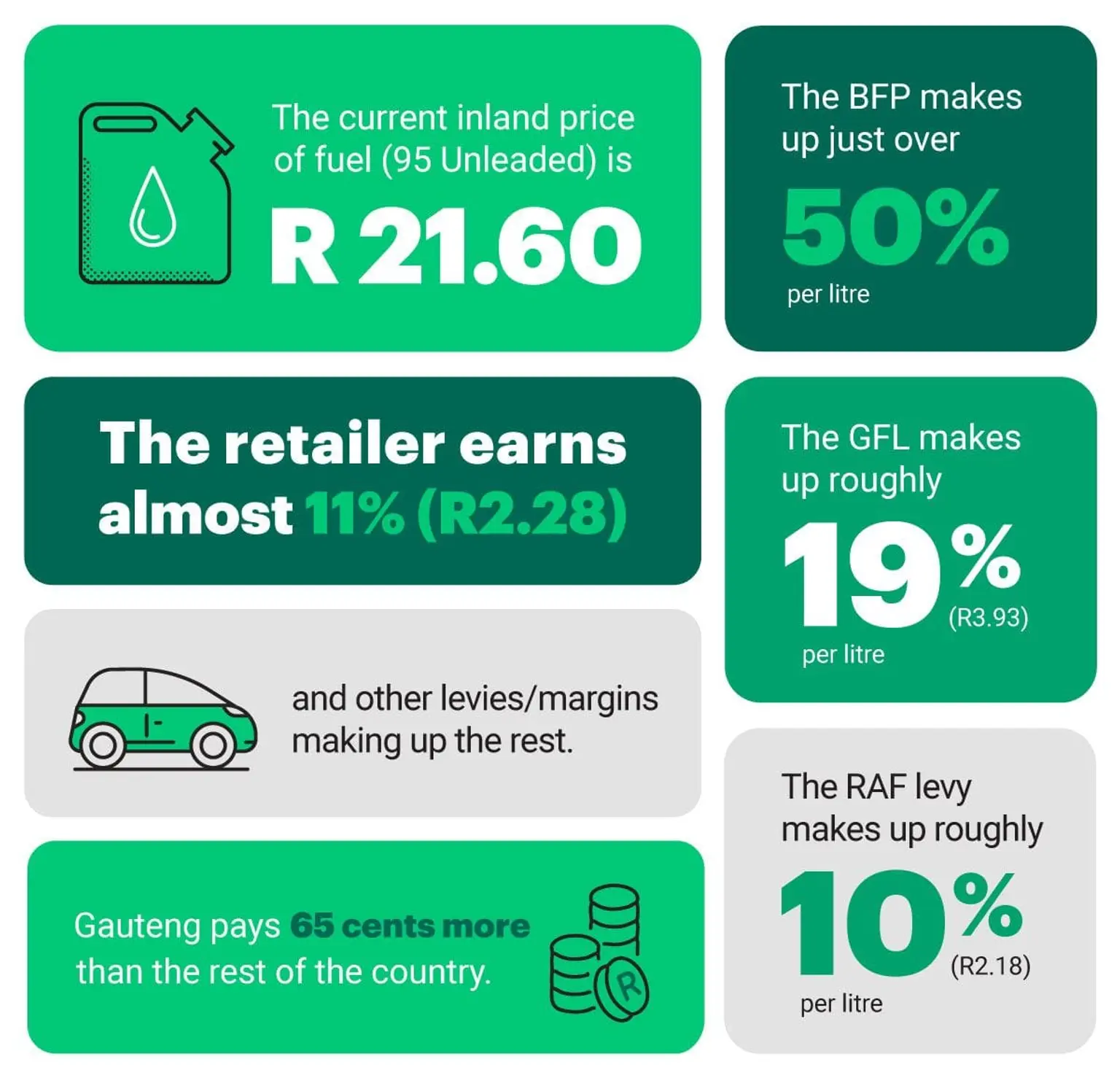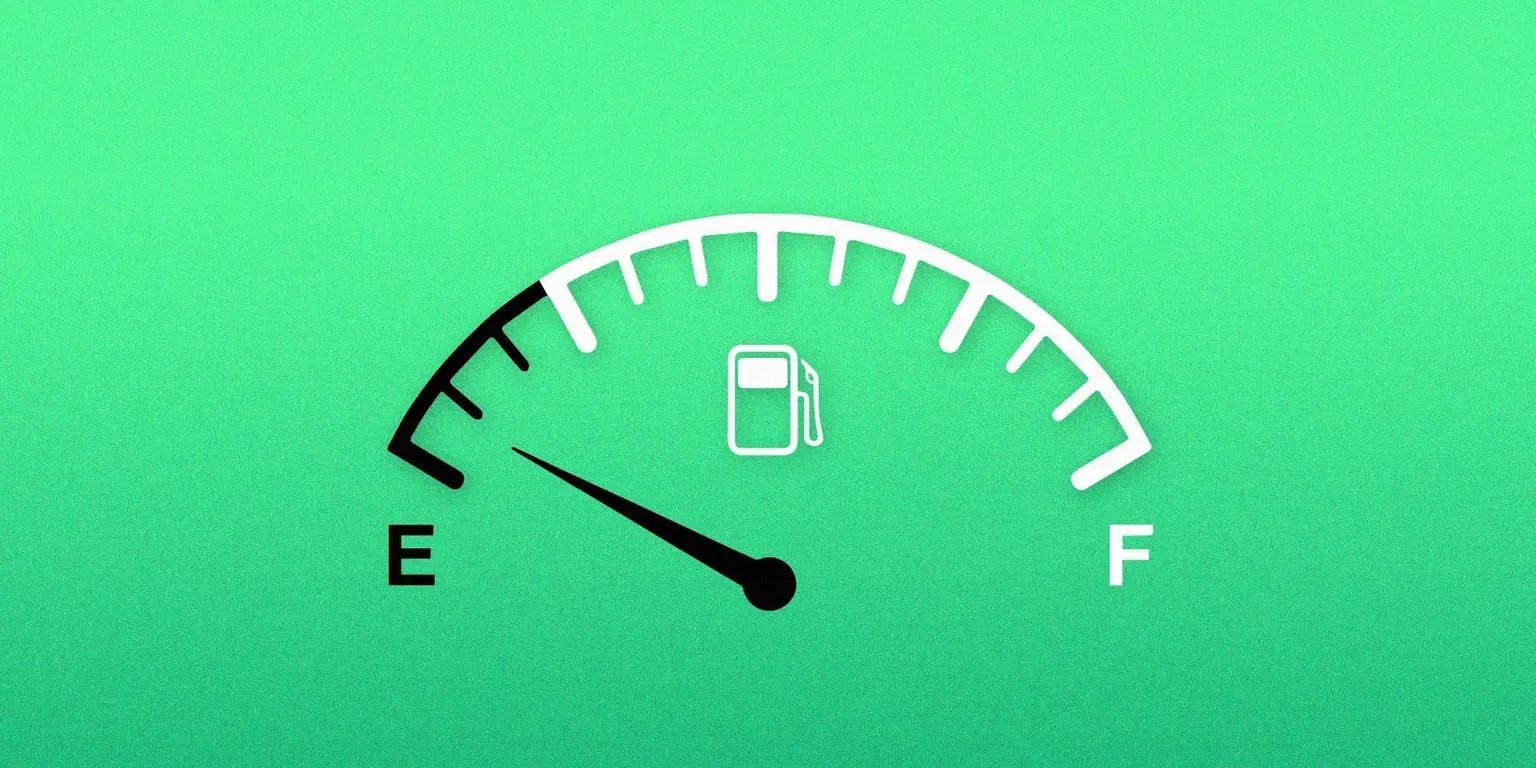Low down on how the fuel cost is determined, what the predictions are for the future and practical tips to help improve your fuel consumption.
If you’ve filled up your car in recent weeks, you’ve likely felt the punch to your bank account with the latest fuel price increase. Given various local and international factors, fuel is predicted to get even more expensive in the coming months. What does this mean for drivers? Is filling up your car becoming completely unaffordable? Should you be considering selling one car, and sharing the other between you and your partner? Is buying a new car still a good idea? Should you trade in your current car for a more fuel-efficient one?
Layton Beard of the Automobile Association and Ciro De Siena from Cars.co.za recently joined our #NakedHuddles via Twitter Spaces to help break down how the fuel cost is determined, what the predictions are for the future and if there is anything you can do to lessen the petrol bill at the end of the month.
Why the fuel price goes up and down
The fuel price is comprised of three main components:
- The Basic Fuel Price (BFP) is what it costs to buy petrol from international markets. The BFP is heavily influenced by the price of crude oil and the R/US$ exchange rate.
“The basic fuel price is the amount that actually goes up or down every month. That obviously then affects the total amount that you're going to be paying for fuel.” – Layton Beard.
- Taxes and levies are money paid to the government. The two most significant of these are:
- The Road Accident Fund (RAF) Levy covers victims of car accidents.
- The General Fuel Levy (GFL) goes directly to the treasury to be used for any purpose the government sees fit.
- Distribution costs and margins: The most significant cost (roughly 11% of the petrol price) is the margin for the retailer that sells to the public, in addition to other wholesale margins and distribution costs.
The current inland price of fuel (95 Unleaded) is R25.15. The BFP makes up just over 50% per litre, with the GFL roughly 19% (R3.93) and the RAF levy roughly 10% (R2.18 per litre). The retailer earns almost 11% (R2.28) and other levies/margins make up the rest. It should also be noted that Gauteng pays 65 cents more for fuel than the rest of the country.

What is the prediction for the price of fuel in the coming months?
While there is no way of knowing for certain whether the price of petrol will increase in the coming months, Beard suggests that you take a look at what is going on around the world and make your own assumptions. He suggests that you rather play it safe than be sorry.
“If the situation in the Ukraine continues for a prolonged period, it's likely going to have an impact on the international oil price since Russia is the third biggest crude oil producer in the world.
“My advice would be to look at the short to medium term, say three or four months, and build a bit of fat into your fuel budget. So if you’re currently spending R2,000 a month on fuel, you might want to consider beefing that up to a budget for R2,500 or R2,800 a month”, says Beard.
If this seems a bit unrealistic for you but driving every day is a necessity, Beard suggests that you prioritise where you can. “If you rely on your vehicle to get to work, you have to make that sacrifice. And it may mean some other luxuries you have– except for insurance, don’t cut your insurance– will fall away”, says Beard
Two big factors determine how severe the changes to the price of fuel will affect an individual. The first is the car you drive and its fuel efficiency, and secondly how many kilometres you drive in a month. If you’re driving a heavy, fuel-guzzling car and covering 2,000km per month, your monthly spend on fuel will more than likely increase by more than R1,000. If the fuel price increases dramatically, say to over R30 per litre and you’re driving a smaller, fairly fuel-friendly car and don’t cover as many kilometres, then the increase in fuel prices might not have as big an impact on you.
You can find more examples in this article.
Practical tips to reduce your fuel consumption
There are a couple of basic things you can do in terms of maintenance which can help reduce your fuel consumption quite significantly:
Pay close attention to the way that you drive
“The number one way in which you can have an effect on your fuel consumption is how you drive,” says De Siena. One of the most popular techniques is called “Driving without brakes”.
As De Siena mentions, “You use the most fuel when you’re accelerating, so [you] want to try to avoid accelerating as much as you can. And the way you do that is by avoiding decelerating – essentially keeping your momentum.”
The less you use your brakes, the less you decelerate and the less you have to accelerate again to get back up to speed. So when you bring your car to a stop, getting it from a stop back up to speed is when your engine is working the hardest and therefore using the most fuel. This technique requires a lot of concentration and anticipating what the traffic ahead of you is doing.
“Obviously, sometimes it's completely out of your control. But if you can get into that mindset of avoiding acceleration and avoiding deceleration, you will significantly reduce your fuel consumption”, says De Siena.
Make sure your tyres are at their correct pressure
If your tyres are pressurised below their recommended level, your car will use more fuel because it’s working harder to push the tyres along.
Keep up with regular maintenance and servicing of your car
If your engine is poorly maintained, it’ll likely burn more fuel.
Reduce the weight of the car if you can
“Don’t necessarily chuck out your back seats, you might need those. But if you’re lugging around nonsense in your boot, all these things add up. Anything that makes the engine have to work harder is going to consume more fuel.” – Ciro De Siena.
Don’t fall for the aircon myth
There's a myth that aircon uses more fuel – this is only half true. The rule of thumb is that when you’re driving below 60km/hour, you can roll down your windows and switch your aircon off, and you'll save some fuel. But above 60km/hour, and especially at highway speeds, it's far better to close the windows and put the aircon on.
“The reason being that essentially when you open the windows at highway speed, there will be so much drag and it creates extra work for the engine”, says De Siena.
At the end of the day, we don’t have much control over what’s happening around the world and how that impacts the price of fuel. But what we can control is the car we drive and how much we drive. If you’re thinking about buying a car, it’s important to know what the true cost of owning one is so that you can make the best decision for you and your budget.
